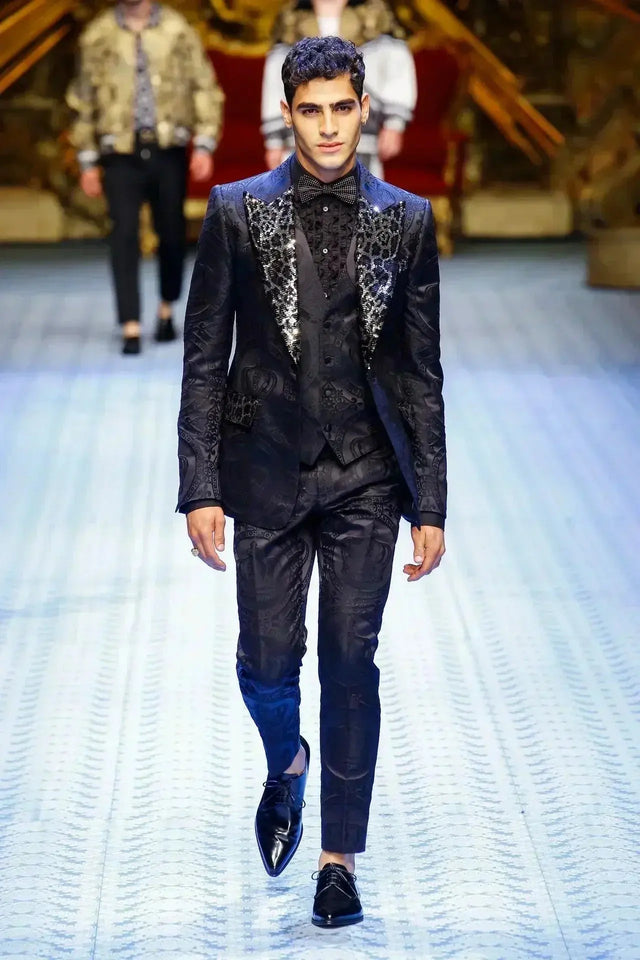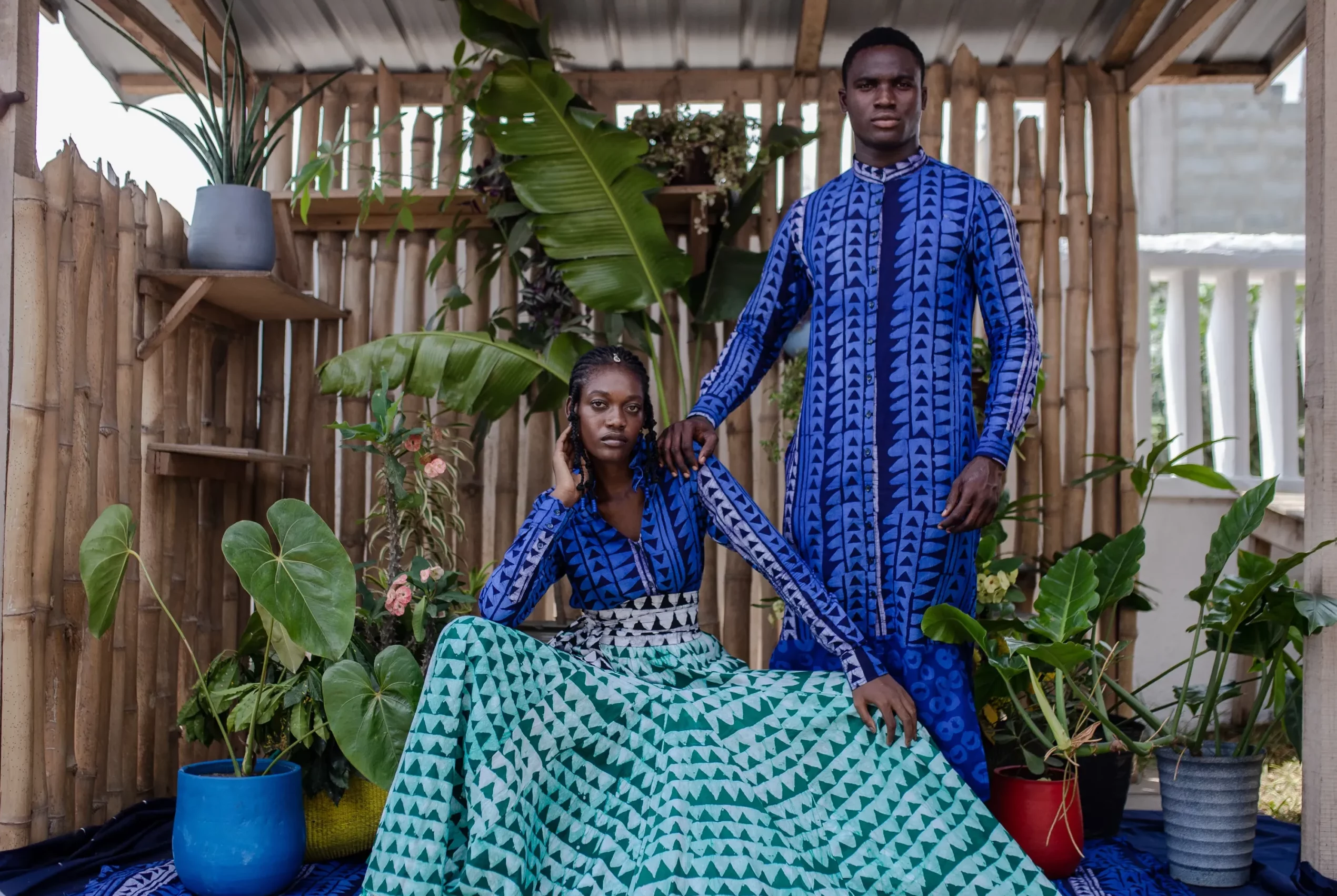The Sedgars Guide to Building a Capsule Wardrobe for All Seasons
Wiki Article
Comprehending the Cultural Effect of Style on Society and Identification
Fashion functions as an effective lens where culture and identity can be taken a look at. It envelops cultural narratives, mirroring values and ideas across various periods. As styles advance, they reveal changes in social dynamics and private expression. The interaction between custom and modernity elevates questions regarding credibility and influence. What ramifications does this recurring change hold for individual identity and broader social discussions? The answers may reveal even more than simply trends.The Development of Style Via History
Throughout history, fashion has actually regularly acted as a reflection of societal modifications and social changes. From the intricate garments of old civilizations to the streamlined silhouettes of the contemporary period, the advancement of fashion illustrates the dynamic interplay between aesthetic appeals and social context. The Renaissance noted a prospering of creativity, with complex layouts and luxurious textiles signifying wide range and standing. The Industrial Change presented automation, equalizing style and permitting more comprehensive accessibility to trends.In the 20th century, activities such as the Roaring Twenties and the counterculture of the 1960s showcased style's ability to challenge norms and express individuality. Each years brought one-of-a-kind designs that mirrored dominating mindsets, from the conventional post-war looks to the bold experimentation of the punk era. This ever-evolving landscape shows that style is not simply shallow; it is a substantial lens with which to see historical progress and societal worths.Style as a Reflection of Cultural Identification

Standard Clothes Relevance
Traditional outfit works as a vivid expression of cultural identity, encapsulating the history, values, and beliefs of a neighborhood. Each garment frequently informs a special tale, showing the customs and heritage gave via generations. Patterns, colors, and designs often represent local differences, showcasing the diversity within social groups. In several societies, traditional clothing plays a necessary role in routines and ceremonies, enhancing social bonds and collective identification. Using such garments cultivates a sense of belonging and satisfaction among people, connecting them to their origins. On top of that, standard attire usually evokes fond memories, serving as a tip of cultural roots in the middle of globalization. This importance highlights the long-lasting power of fashion as a tool for social expression and preservation in an ever-evolving world.International Fashion Impacts
As societies intermingle in a progressively globalized globe, the impact of varied style trends ends up being obvious, showcasing just how clothing reflects cultural identity. Global style offers as a canvas where conventional concepts and modern designs combine, permitting people to share their heritage while embracing modernity (Sedgars Designer Fashion). Developers commonly attract motivation from different social backgrounds, leading to collections that celebrate diversity and foster cross-cultural dialogue. Additionally, social media intensifies these fads, making it possible for rapid circulation and adjustment of styles worldwide. This dynamic exchange not only affects individual identity however also shapes social assumptions of society. Eventually, global style affects highlight the interconnectedness of cultures, showing exactly how apparel not just offers aesthetic purposes yet likewise serves as a powerful tool of social expression and identity
The Role of Style in Social Condition and Class
Style serves as a powerful indication of social condition and class, often mirroring an individual's financial background. Luxury brand names and designer tags are often considered as icons of riches, while trends can determine social movement and impact understandings of success. Understanding the partnership between style and class supplies insight right into more comprehensive specific identities and social dynamics.Style and Economic Class
While social perceptions of financial class remain to develop, the impact of clothes choices in signaling social condition remains substantial. Fashion works as a visible pen of economic course, often mirroring one's financial sources and social aspirations. People might pick high-end brands or high-fashion things to insist their condition, while others may choose for thrifted or less costly clothing to line up with various social identities. Sedgars Designer Fashion. This partnership in between style and financial course shapes social interactions, influencing just how people are perceived by peers and society at big. In addition, fashion trends can continue course differences, as accessibility to certain styles typically relies on financial means. Eventually, clothes options stay an effective device in revealing and guiding via the intricacies of social courseIcons of Status
Clothing choices often act as obvious signs of condition, showing not only personal style but additionally social power structures. Premium brands, extravagant materials, and special styles differentiate individuals within social strata, creating a tangible depiction of wide range and advantage. Style is imbued with social relevance, where specific products end up being markers of elite status, such as designer handbags or bespoke suits. These icons promote a sense of belonging among the wealthy while all at once estranging those outside their socio-economic circles. The exposure of these fashion selections can bolster and enhance stereotypes class departments, as people commonly judge others based upon clothes. Ultimately, style functions as a powerful tool that shows and enforces social stratification, forming understandings and identifications within culture.Trends and Social Flexibility
As societal trends change, the role of style in helping with social flexibility comes to be progressively noticeable. Fashion frequently works as a marker of social standing, influencing assumptions and chances within numerous social strata. Individuals from reduced socioeconomic backgrounds may utilize fashion to gain approval and recognition, using style as a device for higher movement. Conversely, the expansion of fast fashion democratizes accessibility to trends, allowing broader participation in vogue culture. Nonetheless, the exclusivity of high-end brand names can enhance class divisions, producing a complicated landscape where style both empowers and constrains. Inevitably, the interaction in between style and social movement highlights the nuanced partnership between identity, economic status, and societal understandings, shaping how people navigate their social environments.Fashion Trends and Societal Motions
Style fads typically become representations of social activities, illustrating the complex interplay between culture and personal expression. Throughout history, numerous fads have actually enveloped the spirit of their times, acting as visual markers of social change. For instance, the rise of punk fashion in the 1970s symbolized rebellion versus authority, while the bohemian designs of the 1960s resembled a pursuit for flexibility and individuality.Moreover, motions such as feminism and environmentalism have actually influenced fashion options, causing the popularity of sustainable brands and gender-neutral clothing. These trends offer not just to reveal individuality however likewise to interact uniformity with more comprehensive social reasons. As people embrace particular styles, they typically straighten themselves with the worths and beliefs represented by those trends, reinforcing the connection in between style, society, and social advocacy. By doing this, fashion becomes an effective device for both individual expression and collective identification.The Impact of Globalization on Fashion Options
Globalization has actually profoundly transformed fashion selections, enabling the smooth exchange of designs and social influences across borders. This interconnectedness has actually led to an abundant tapestry of fashion that mixes standard garments with contemporary styles from various cultures. Consequently, consumers currently have access to a more comprehensive variety of alternatives, allowing them to reveal their individuality while all at once embracing international trends.Fashion brands have actually additionally adapted to this globalization, frequently including diverse aspects right into their collections to attract a worldwide market. In addition, social networks systems have played a critical duty in amplifying these influences, enabling fads to spread quickly and be taken on worldwide.However, this social exchange raises concerns concerning credibility and appropriation, as distinct styles might shed their initial significance when commodified. Eventually, globalization has actually improved style choices, fostering a dynamic atmosphere where social discussion and individual expression coexist, albeit with intricacies that necessitate consideration.Sustainable Fashion and Ethical Considerations
While the apparel industry has actually long been associated with rapid production and usage, an expanding focus on sustainability and moral factors to consider is improving its landscape. Customers are increasingly familiar with the social and environmental repercussions of their clothes options, triggering brand names to take on even more liable techniques. This change consists of utilizing green products, lowering waste via recycling, and making certain reasonable labor conditions.Sustainable style supporters say that the market's standard design, defined by fast fashion, adds to substantial environmental damage and exploitation. In reaction, numerous business are executing transparent supply chains and prioritizing ethical sourcing.Furthermore, partnerships between designers and ecological companies highlight the capacity for fashion to promote positive adjustment. By advertising mindful consumption, the activity in the direction of sustainable fashion encourages consumers to show on their investing in practices, causing an extra mindful method to personal design and identification. This evolution indicates a critical minute in redefining fashion's duty within society.Personal Design and Individual Expression

Often Asked Concerns
Just How Does Style Influence Mental Health and Self-confidence?
Style substantially affects mental health and self-confidence by shaping private identification and self-perception. Favorable self-expression via clothing can increase confidence, while societal pressures may cause anxiousness and frustration, influencing total health and self-worth.
What Duty Does Social Media Play in Current Fashion Trends?
Social network offers as an effective catalyst for current fashion patterns, magnifying presence and access. Systems facilitate immediate sharing of styles, producing fast changes in customer choices and affecting developers to adapt to progressing public preferences.Can Style Promote Inclusivity and Variety Successfully?
Style can effectively advertise inclusivity and diversity by showcasing a selection of body kinds, cultures, and identities. This method not only broadens representation yet additionally cultivates approval, allowing individuals to express themselves authentically within the style landscape.Just How Do Sex Norms Influence Style Selections Today?
Gender norms considerably form modern fashion choices, often determining designs considered suitable for different sexes. Sedgars. This impact can strengthen conventional assumptions or test them, as individuals browse personal expression within societal restraints and developing definitions of sexWhat Is the Future of Fashion in a Digital Globe?
The future of fashion in a digital globe appears significantly linked with technology, as digital truth, synthetic intelligence, and online systems shape customer experiences, challenge typical retail, and redefine personal expression via ingenious layout and sustainable techniques. The Industrial Transformation presented mass production, equalizing fashion and permitting broader accessibility to trends.In the 20th century, movements such as the Roaring Twenties and the counterculture of the 1960s showcased style's ability to challenge standards and express originality. Fashion commonly serves as a marker of social standing, influencing assumptions and opportunities within different social strata. Alternatively, the expansion of rapid fashion democratizes accessibility to fads, enabling more comprehensive participation in fashion society. The surge of punk fashion in the 1970s represented disobedience versus authority, while the bohemian styles of the 1960s echoed a pursuit for freedom and individuality.Moreover, motions such as feminism and environmentalism have actually affected style choices, leading to the popularity of lasting brand names and gender-neutral clothing. Furthermore, social media systems have actually amplified diverse depictions of design, making it possible for individuals from various backgrounds to display their style selections.Report this wiki page